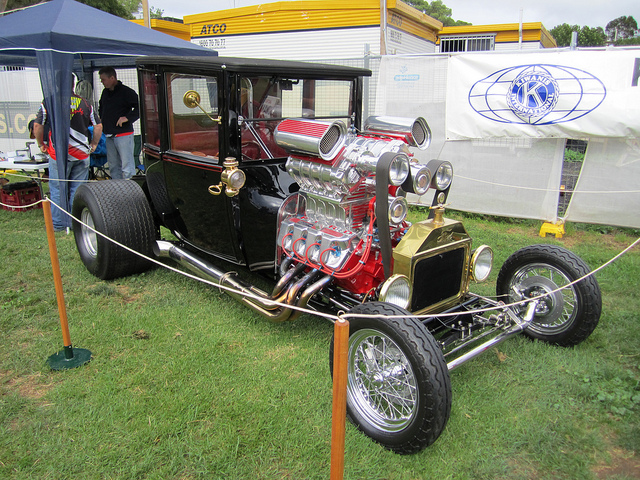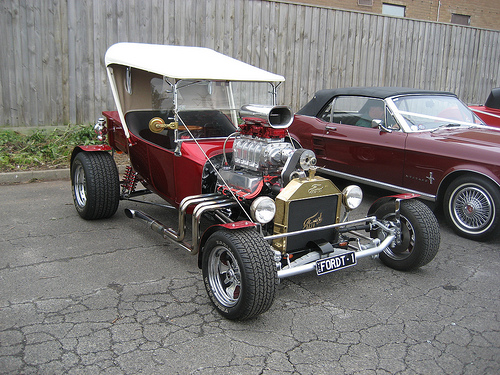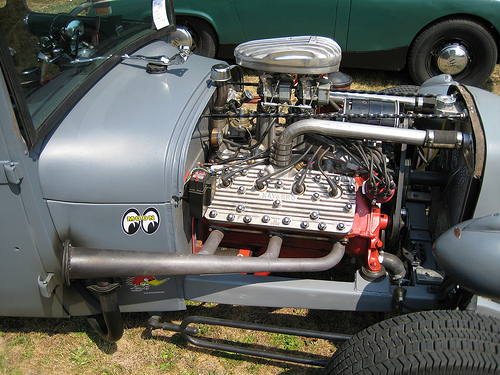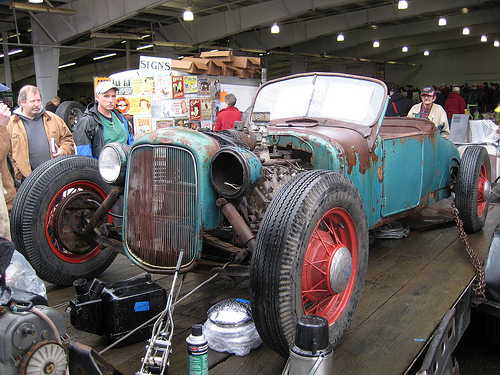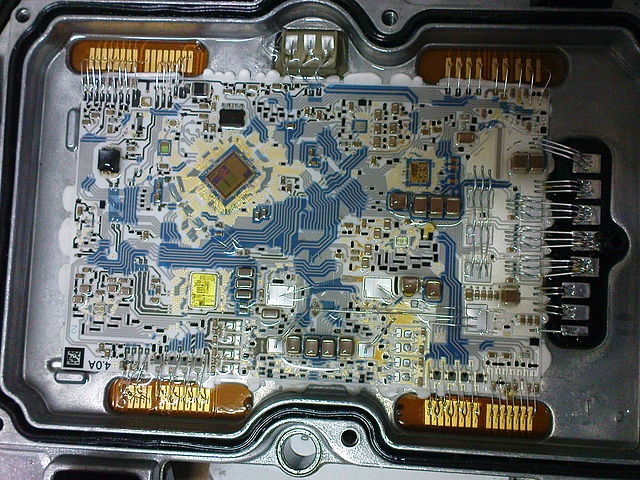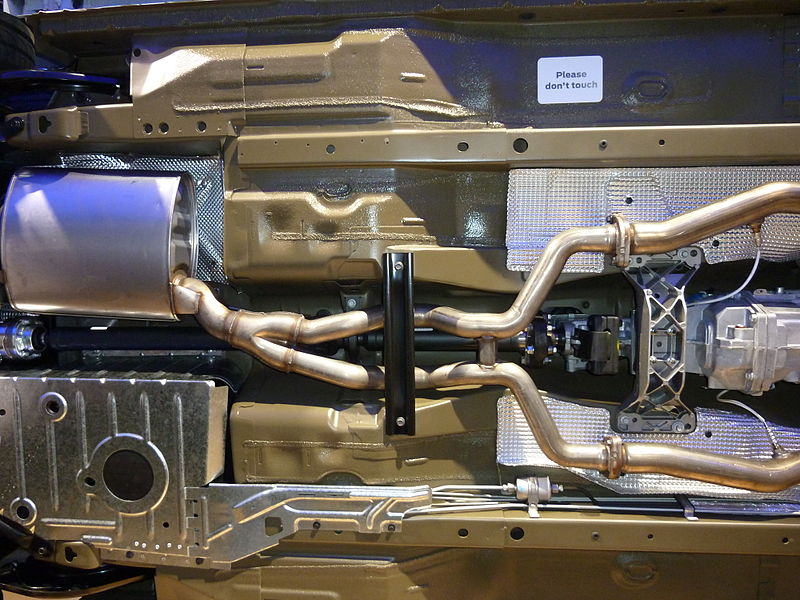What is a Hot Rod?
Hot rods were originally roadsters that were modded with an eye toward pure, linear speed, but other body styles can also be used to create these vehicles. The defining characteristic of a hot rod is that it has an engine that’s large for the size of the vehicle (similar to muscle cars), and that the engine itself is also modified to provide more power and thus more speed.
The tradition of modifying vehicles to create hot rods probably dates back to the very first automobiles, but the term itself didn’t enter widespread use until the 1930s. Today, the hot rod scene focuses primarily on modifying classic cars, rebuilding junked vehicles, and matching reproduction bodies to scrapped frames, although there is some level of controversy in the scene regarding this.
Contents
What is a Hot Rod?
Although there are no hard and fast rules as to what, exactly, constitutes a hot rod, there are some characteristics that they all share. Some of the hallmarks of a classic hot rod include:
- Lightweight body/frame
- Comparatively large engine
- DIY modifications to the engine
- Modifications to the body
- Modifications to other components (i.e. lightweight aluminum fuel tanks)
The list could go on and on, but those are some of the primary factors that are typically required of a base vehicle before it is “rodded” and some of the primary modifications that go into the “rodding” process.
History of the Hot Rod
The original hot rods were roadsters since roadsters provided the best platform at the time to modify for speed. Roadsters were relatively lightweight and aerodynamic compared to other body styles at the time, which made them an ideal choice for engine modifications (and dropping in larger engines altogether).
In fact, the term “hot rod” can probably be traced back to the longer “hot roadster” which referred to roadsters that had been modified for speed. It first entered common usage in the 1930s, and seems to have been initially used by amateur car modders and racers in California who would gather to race their hot roads across dry lake beds (which were, and are, some of the best locations for setting land speed records.)
Even in the early days of hot rodding, the favorite platforms were older vehicles. Of course, in the 1930s, “older” had a slightly different meaning. Since the automotive industry was still so young, the most popular hot rods in the 1930s were built on the Ford Model T, A and B platforms. These vehicles were heavily modified to achieve lighter weights (removing everything from the bumpers to the hoods and windshields), and the bodies themselves were sometimes chopped or channeled to create better aerodynamics.
In addition to modifying the base vehicle for weight, the engine itself was typically modified. One popular choice was to drop a flatty (an affectionate name for Ford’s flathead engine, and the subject of the classic song, “Hot Rod Lincoln” by Charlie Ryan), which was a stable of the hot rodding scene for several decades.
Decline and Rebirth of Hot Rodding
Although the hot rod scene gained in popularity through the 1950s, it began to decline with the introduction of the muscle car. Muscle cars were production vehicles that took a lot of notes from the rodding scene (small, light bodies and big, powerful engines), which allowed speed junkies to simply drive a new car off the lot and keep up with (or blow away) even the most carefully and painstakingly modded hot rods and street rods.
Then, in the 1970s, the worldwide oil crisis led to the OEMs moving away from gas-guzzling speed demons to more economical vehicles. That effectively opened the gates wide for the hot rodding scene to make a resurgence.
Hot Rods Today
Today, the hot rod scene is still going strong, both in the US and elsewhere in the world. There are thriving hot rod communities in countries like Canada, Australia, Sweden, and elsewhere.
The modern hot rod community focuses primarily on reclaiming old bodies, frames and equipment from wrecking yards, although some modern hot rods are modified from functioning classic cars, and there are also fiberglass reproduction bodies available. Some of the varieties of hot rods on the road today include:
- Street rods
These heavily modified vehicles are typically “safer” than historical hot rods, since they are meant for street driving rather than racing. They’re still modified for lighter weight and greater engine power, but they retain safety features like windshields, bumpers, and seatbelts. - Rat rods
Another branch of hot rods that are specifically designed to look old and dilapidated, although this carefully curated patina typically hides a sleeping beast. - Show rods
Rather than being designed for racing speed or street driving, show rods are build specifically for competition in car shows.

